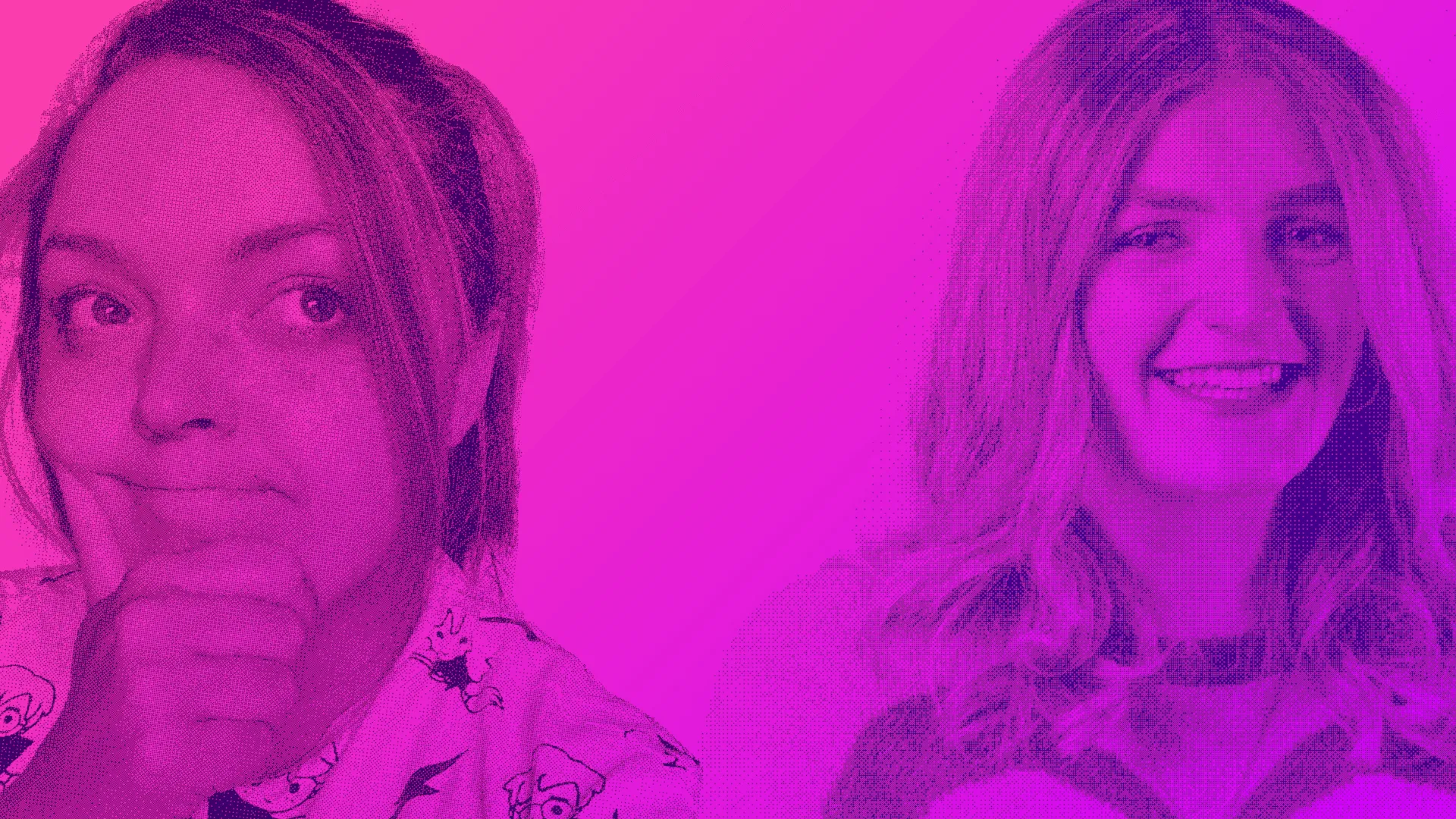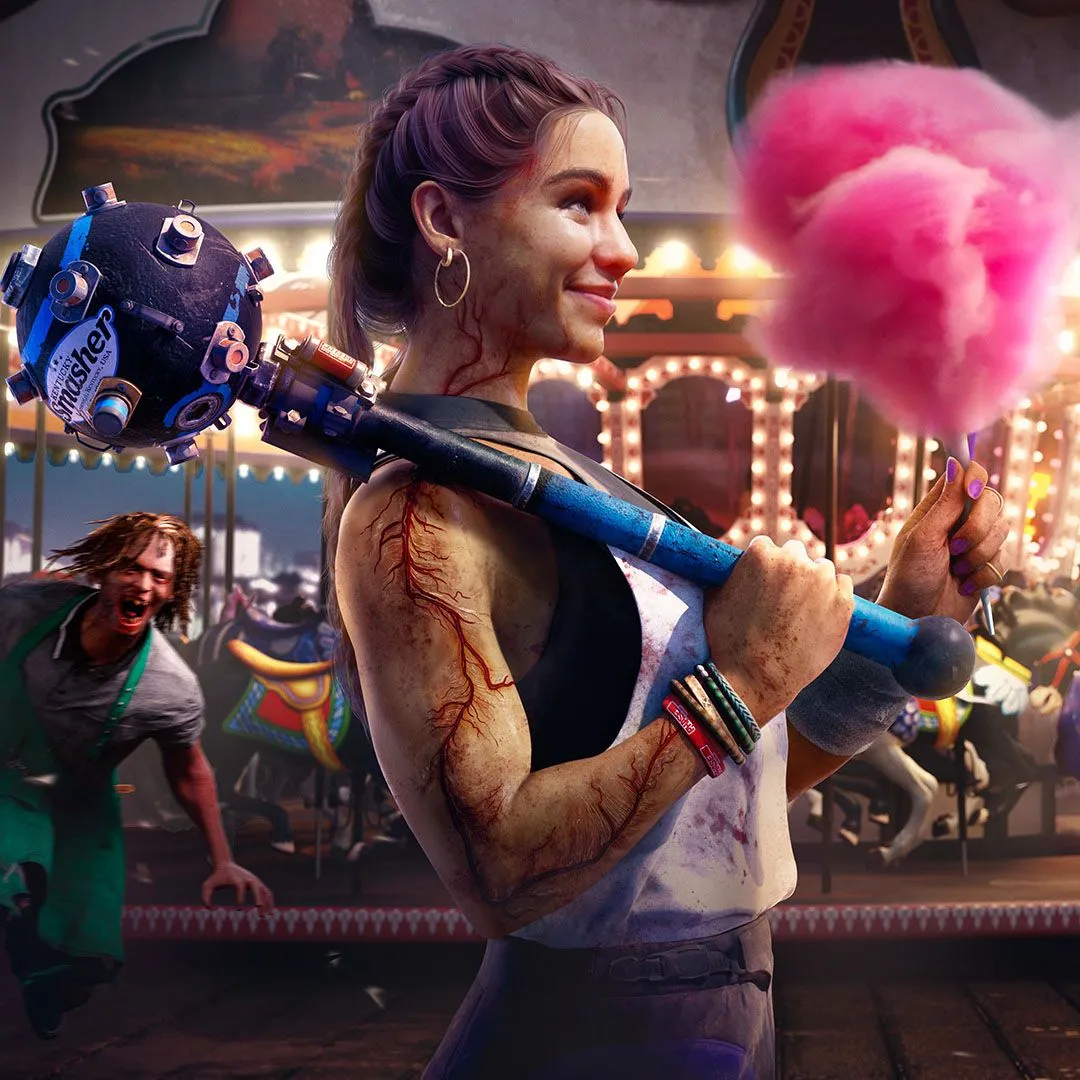Select “Accept all” to agree to our use of cookies and similar technologies to enhance your browsing experience, security, analytics and customization. Select ”Manage cookies” to make more choices or opt out.

What our designers think about Adobe Firefly
The emergence of artificial intelligence with the likes of MidJourney and ChatGPT has made quite the divide in the creative industry. From concerns about job security and copyright issues to the new technology's potential to create opportunity and accessibility, one thing remains true – change is scary.
Never one to fall too far behind in innovation, Adobe has now released their own AI service. Our design team here at Project N took a dive into the unknown and explored the possibilities of this new bit of kit – Firefly.
What is Adobe Firefly?
Firefly is Adobe’s new creative generative AI, focusing initially on image and text effect generation. It aspires to help with ideation, creation, and communication while significantly streamlining creative workflows. Firefly currently offers text-to-image, generative fill, text effects and recolour, presumably with more features to follow as it finds its feet in the AI space.
What makes it stand out and appeal to designers and creative professionals is that Adobe is committed to developing creative generative AI responsibly, with creators at the centre. Through efforts like the Content Authenticity Initiative and Coalition for Content Provenance and Authenticity, Adobe is advocating accountability, responsibility, and transparency in generative AI. Whereas MidJourney, to take a well-known example, have recently been in the line of fire for copyright concerns and “stealing from artists”, which could further alienate creative professionals.
What do we think of Adobe Firefly?
Our creative teams are well versed in Adobe software with collective experience covering the vast majority of Creative Cloud applications, so we’re not here to review the interface or experience. Instead, our design team has taken a look at the creative possibilities of Firefly, and given our opinion on their potential application in the creative industries.
© Adobe
Here’s what our designers thought:
There’s nothing more daunting than a blank page, no matter what kind of creative branch you stem from. In the opinion of our designers, Firefly’s text-to-image generator has huge potential in aiding the ideation process and eliminating the blank page jitters by simply typing a concept or idea into the engine, and reviewing the results. It would be particularly useful in showcasing early visuals and vision boards to clients who don’t necessarily have the budget or scope to request fully formed mockups.
Their text-to-image generator would also be ideal for generating social media images, for times when you need to design assets with a quick turnaround but don’t necessarily have the time or budget to allocate. This paired with Adobe Express, which is also in its beta phase, could change the way we create social media content and streamline workflows. Using Firefly in this way could reduce stock imagery usage across platforms and make business social media channels increasingly unique from one another.
Looking at AI generators through an optimistic lens, Firefly could potentially act as an accessible gateway into the creative industries. There are plenty of creative people who may not have the physical ability to put pen to paper, and Firefly could help bring their ideas to life. Writers have long benefitted from speech-to-text options, but there hasn’t been a design equivalent to that until now. Text-to-image AI could pave the way for those individuals and allow them a route into a design career.
We particularly like that Adobe has addressed the valid concerns surrounding copyright issues and AI image generators. There are bound to be teething issues with new advancements, and issues surrounding copyright can be messy even without the involvement of AI. As a successful company that states “Creativity is in our DNA”, Adobe is more than qualified to aid in setting standards and legislation within the wider industry on AI usage, and appear to be using this power responsibly.
Our concerns about Adobe Firefly
Our designers’ concerns echo most other creative individuals, who may be asking, “What will a Designers job look like in 5-10 years time?” The advancement of AI has the potential to be both a blessing and a curse to creative individuals and businesses, and we must rely on larger companies to maintain ethical and professional standards as these new technologies emerge.
Unfortunately, Firefly (like MidJourney) struggles with composing certain nuanced elements, such as hands and eyes. Although this isn’t as extreme in Firefly’s images as it has been in some of the haunting images that have been created in MidJourney, it still seems to be a common issue within AI generators. This places limits on what can and cannot be created, and may impair creative vision unless fixes can be implemented.
Lastly, Firefly isn’t available for commercial use yet. This means that for all our opinions and speculation, the technology has not yet been put to the test to the degree that we can guarantee its quality and sustainability. Technology such as this will always move quickly, however, so we're not ruling out a commercial release in the next few years, once things have been tweaked and sharpened enough to compete with the bigger names in AI generation.
We enjoyed using Adobe Firefly and found it to be a promising competitor in the generative AI field. The team at Project N put it through its paces and certainly found some flaws, but overall we feel it will grow to offer a simple commercial solution for creatives looking to utilise the benefits of AI without the moral and ethical hurdles that some other models create.
Project N is your go-to game agency, delivering video, social media, community management, and web production for studios of every size.


